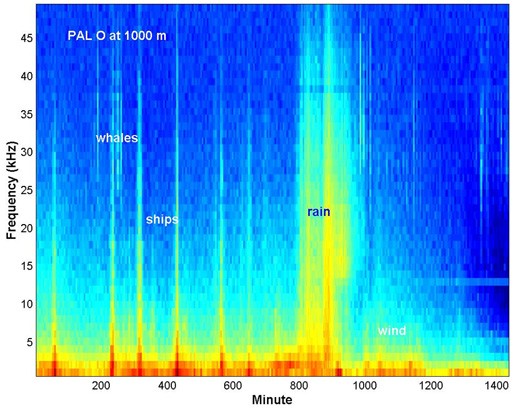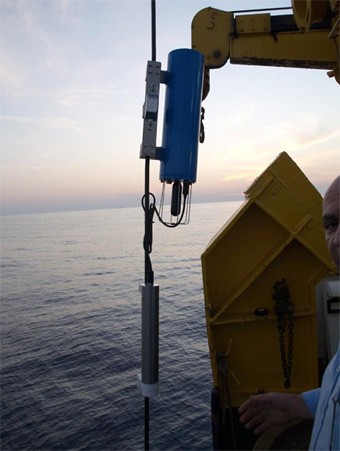This project belongs to the category of Marie Curie International International Incoming Fellowships (IIF) of FP7 and its goal is to support the research of an incoming senior researcher Dr. Jeffrey Aaron Nystuen into the European Research Area.
The focus of this project was to further develop the quantitative detection and measurement of precipitation using passive underwater sound, and then to transfer this technology, both the physical recording instrument technology and the software interpretation of the recorded data to the Hellenic Center for Marine Research (HCMR). The HCMR’s POSEIDON ocean observation system is the first ocean monitoring and forecasting system to include passive underwater acoustic measurements as part of its real-time operations. Low duty cycle long-term passive acoustic recorders (PALs) are deployed on two operational buoys, one at Pylos in the Ionian Sea and the second at Athos in the northern Aegean Sea.
As a first step towards the quantitative use of passive ambient sound, classification of the sounds from geophysical sources, e.g. wind and rain, must be separated from the noise of shipping, other anthropogenic activities, and from the natural sounds of marine animals. After this classification is made, quantitative measurements of wind speed and precipitation are possible. To verify results, comparisons were made with in situ measurements of wind speed and co-located measurements of precipitation from operational weather radar. Based on these data, a new acoustic classification algorithm was developed for identification of the different sound sources. This analysis also produced a new acoustic wind speed algorithm and confirmed existing acoustic rainfall rate algorithms. Data from the acoustic sensors deployed on the POSEIDON buoys were used to derive sound budgets showing the percent occurrence of dominant sound sources (ships, marine mammals, wind and rain), their relative loudness as a function of frequency, and statistical summaries of the retrieved rainfall amounts, wind speeds and seasonal cetacean presence at the two buoy locations.

